Gallery 3
A New Order
The early 1930s were a period of considerable change for Hepworth. Her marriage broke down, and in 1931 she began a relationship with another artist, Ben Nicholson. Their shared interests and influences, from spirituality to the Parisian avant-garde, encouraged a disintegration of the boundaries between sculpture and painting, fine art and other disciplines, and ultimately between art and life. Midway through the decade she wrote, ‘I think the thing to work at is that work & living is the same thing… All is one movement.’
Nicholson began sharing Hepworth’s studio in March 1932, but split his time between London and Paris, where his first wife, painter Winifred Nicholson, and their family were living. This offered Hepworth contact with artists associated with surrealism and she visited the studios of Pablo Picasso, Constantin Brancusi and Jean Arp with Nicholson in the spring of 1933.
That year, Hepworth became a member of Abstraction-Création, a Paris-based group dedicated to non-representational art, and wrote in their journal that ‘reality exists only within ideas’. This relates perhaps to her increasing commitment to Christian Science, a religion based on an alternative reading of the Bible. The central text distinguishes between the ‘mortal mind’, which perceives the physical world, and the ‘divine Mind’, which represents the true, intangible nature of existence.
This distinction can be mapped onto the opposition between figurative representation and abstract art, which aims instead to express emotions or universal concepts. Hepworth also became a member of Unit One, a collective of modern British painters, sculptors and architects whose holistic approach she encapsulated in a text for their initial publication: ‘The predisposition to carve is not enough, there must be a positive living and moving towards an ideal.’
Take a tour of Barbara Hepworth: Art & Life with Google Arts & Culture
Circle
In October 1934 Hepworth and Nicholson had triplets. She later recalled: ‘My work seemed to have changed direction although the only fresh influence had been the arrival of the children. The work was more formal and all traces of naturalism had disappeared.’ She summarised the evolution of her work at this time to critic E. H. Ramsden: ‘The Torso or figure became the Single Form, The Mother & Child or “group” became a Two Form.’ Hepworth connected these abstract forms to interpersonal experiences, noting that through exploring the interaction between the objects and the spaces around them, ‘I hope to discover some absolute essence in sculptural terms giving the quality of human relationships.’
Hampstead was a centre for the avant-garde, and Hepworth became close to the writer and activist Margaret Gardiner and her partner, scientist J. D. Bernal, and the architect Leslie Martin and his wife, designer Sadie Speight, among many others. Émigré abstract artists such as Naum Gabo who had fled Europe due to the rise of Fascism also settled there, creating a vibrant, interdisciplinary community who believed abstract art could be a catalyst for social change under the banner of ‘Constructive Art’.
In 1937, these ideals were expressed in the publication Circle: International Survey of Constructive Art, in which Hepworth wrote, ‘The language of colour and form is universal and not one for a special class… It is a thought which gives the same life, the same expansion, the same universal freedom to everyone.’
Take a tour of Barbara Hepworth: Art & Life with Google Arts & Culture
War Work
In late August 1939, Hepworth and Ben Nicholson took their children to stay with critic Adrian Stokes and artist Margaret Mellis in Carbis Bay, Cornwall, accepting the invitation to get out of London as war approached. Hepworth found herself with a lack of time or space to work, recalling, ‘I could only draw at night and make a few plaster maquettes. The day was filled with running a nursery school, double-cropping a tiny garden for food, and trying to feed and protect the children.’
Writing to Ramsden she outlined her strategy for working in these adverse circumstances: ‘I’ve slowly discovered how to create for 30 mins, cook for 40 mins, create for another 30 & look after children for 50 & so on through the day. It’s a sort of miracle to be able to do it – I think the secret lies in not resisting the chores & drudgery & in carrying the creative mood on within oneself while cooking so that it’s unbroken. Rilke helps too (most grand & beautiful work don’t you think?) reading him I’m immediately in the right frame of mind.’
Sculptural materials were also scarce, and Hepworth required a special permit to acquire wood for carving. Drawings became her main creative outlet: ‘In the late evenings, and during the night I did innumerable drawings in gouache and pencil – all of them abstract, and all of them my own way of exploring the particular tensions and relationships of form and colour which were to occupy me in sculpture during the later years of the war.’ Hepworth described these crystalline paintings as ‘sculptures born in the disguise of 2 dimensions’.
Take a tour of Barbara Hepworth: Art & Life with Google Arts & Culture
Shop
Barbara Hepworth: Art & Life by Eleanor Clayton. Buy online













